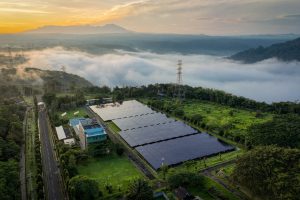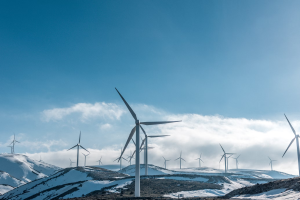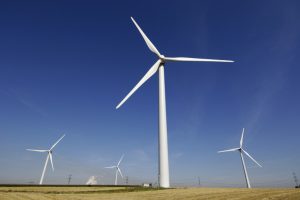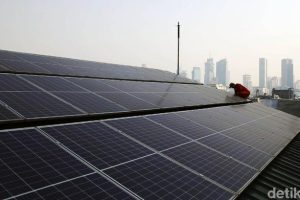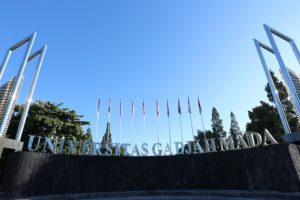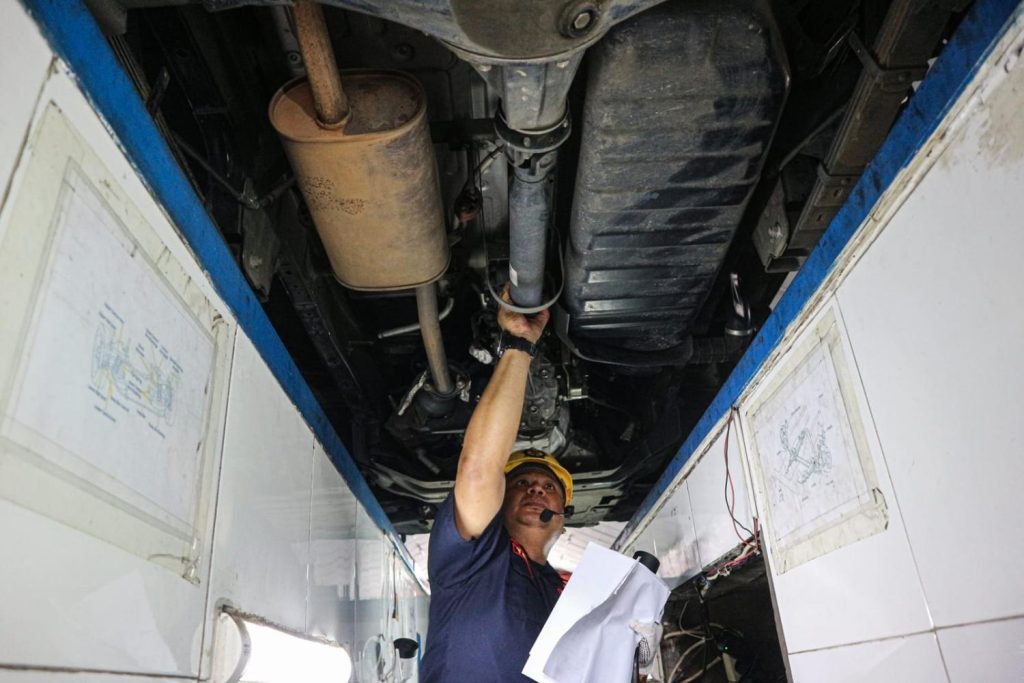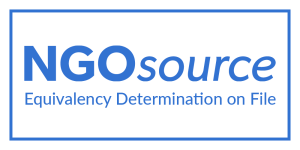Some manufacturing industries are highly dependent to the natural gas price as 70% of the structured cost are allocated for natural gas (Piqsel).
Timeline
In 2016, the government through Presidential Regulation (PR) No. 40/2016 has issued the Determination of Natural-Gas Prices. This regulation aims to set a specific natural gas price of USD 6/MMBTU for 7 types of industries, namely: fertilizer; petrochemical; oleochemical; steel; ceramic; glass; and rubber glove. However, until early 2020, only several industries already have experienced specific natural gas prices, most of them are large-scale industries such as Pupuk Sriwijaya (Pusri), Pupuk Kujang, Petrokimia Gresik, and Krakatau Steel. The lack of technical details in PR No. 40/2016 made small scale industries are almost impossible to get the promised specific natural gas price. Then, after 4 years of waiting, in April 2020, the Ministry of Energy and Mineral Resources finally issued two derivative regulations to boost the special natural gas price implementation. They are MEMR Regulation No. 8/2020 on The Procedure for Determination of the User and Specific Price of Natural Gas in Industrial Sector and MEMR Decree No. 89K/10/MEM/2020 on The User and Specific Price of Natural Gas in Industrial Sector. There is also an MEMR Decree No. 91K/12/MEM/2020 on The Price of Natural Gas at Plant Gate for the Electricity Sector. All of these new regulations have shown the strong desire of the government to accelerate the utilization of natural gas for domestic purposes.
Why Industrial Sector?

Figure 1. Utilization of Indonesian Natural gas (Source: PYC Data Center).
According to the Ministry of Industry, the fertilizer, petrochemical, and oleochemical industry’s growth decreased by about 1.42% in 2018. The trade deficit in the industrial sector also occurred in 2018 and 2019, as the import surpassed the export in the industrial sector (Kemenperin, 2020). These issues should be solved immediately if the government is still pursuing the target as one of the tenth biggest GDP countries in the world by 2030.
One of the biggest issues in the industrial sector is the high price of natural gas price. In the industrial sector, natural gas is not only used as fuel, but also as feedstock and other industrial processes. Some industries such as petrochemical and fertilizer industry are very dependent on natural gas with 70% of their structured cost came from natural gas purchases. The high price of natural gas will escalate the production cost and lead to an uncompetitive product price. Lowering the natural gas price for industries will not only help industries to boost product price competitiveness and generate multiplier effects but also will increase the domestic natural gas utilization. In 2020, only 64.89% of our natural gas production is utilized for domestic purposes with the highest consumption is coming from the industrial sector, including the fertilizer industry as shown in Figure 1 (ESDM, 2019). Therefore, the implementation of a specific natural gas price for the industrial sector could help the government to achieve a target Of 68% domestic utilization of natural gas in 2024.
The benefit-cost analysis has been conducted by several institutions to measure the impact of the regulations. Calculation from the Ministry of Industries, Ministry of Energy and Mineral Resources and SKK Migas (Special Task Force for Upstream Oil and Gas Business Activities Republic of Indonesia) have shown that the regulations will resulted in a positive impact in the form of government revenue increases, between IDR 3 – 10 trillion in 2024. This is still excluding the multiplier effects such as the increases in employment opportunities and local people’s welfare.
How our government do it?
The question then appears. How to implement this specific gas price? Natural gas is considered to have a limited supply chain as it requires specific infrastructures for the distribution and not many business entities are able to provide such high upfront infrastructures costs. However, it still consists of several different parts of businesses and there are also government share in each part. In general, the natural gas price for the end-user is following the price formulation below:
End User’s Natural Gas Price = Upstream Natural Gas Price + Toll Fee + Distribution Cost + Trade Cost
The upstream natural gas price is dominating the natural gas price for the end-user as it takes about 68% of the price structure above. (ESDM, 2019)
There are several options available to lower the natural gas price for the end-users from USD 3.3-16.7/MMBTU to a maximum of USD 6/MMBTU, as shown below:
- Cut the government share from tax revenue or non-tax revenue in the upstream natural gas activities.
- Decrease transmission cost especially in Aceh, North Sumatera, South Sumatera area, West Java, and East Java.
- Re-evaluate distribution cost and trade cost.
- Give price subsidies of natural gas to the targeted industries.
How is the implementation going?
MEMR Regulation No. 8/2020 article 9 states that the regulation should be fully implemented from one month after April 2nd, 2020, when the regulation was signed. There were various reactions and opinions following the implementations of this regulation. The positive reactions came from the industrial players as they now have opportunities to increase revenue and decrease the production cost due to the special natural gas price. However, there were also some reluctants especially from the upstream and midstream natural gas business entities. Unlike the industrial sector, the MEMR Regulation No. 8/2020 will potentially drop the upstream and midstream natural gas business’s revenue. Although both PR No. 40/2016 and MEMR Regulation No. 8/2020 have already mentioned that the implementation of these regulations shall not impact investors’ revenue, there are some loopholes in the technical details that still threaten investors.
The upstream natural gas industries might be one that hit the most by this special natural gas price regulations. As previously mentioned, one of the options to lower the natural gas price was to reduce the government share in the upstream activities. Before the MEMR Regulation No. 8/2020 applied, the upstream natural gas price could reach USD 8.24/MMBTU, while after the MEMR Regulation No. 8/2020 applied, the highest upstream natural gas price was USD 6.73/MMBTU. Currently, contractors cooperation contract (Kontraktor Kontrak Kerjasama, KKKS) in the upstream natural gas industries only get around 30% of the natural gas profit, while 70% of the profit go to the government as non-tax revenue (Penerimaan Negara Bukan Pajak, PNBP). This still excludes the tax revenue (Penerimaan Negara Pajak, PNP) that must also be paid to the government based on the net profit. The significant share to the government is one of the main causes of the high natural gas price from the upstream natural gas industries. Lowering PNP could be the easier way for the government to cut their share rather than lowering PNBP, but it was declined by the Director General of Taxes. On the other hand, the government share cut from PNBP brought up issues within KKKS especially since there is a maximum limit for KKKS compensation. According to MEMR Regulation No. 8/2020 article 12 paragraph 3, deduction from the government share to compensate KKKS losses shall not be higher than the government’s portion of revenue in the current year. This means that there will be potential losses for KKKS when the government’s portion of revenue in the certain POD is lower than the losses of KKKS due to the reduction of gas price.
In the midstream natural gas industry, there should be a new toll fee to compensate the changing of natural gas price in the upstream and the end-users. The compensation should also be subjected to the natural gas distribution companies, which are impacted by this regulation. However, currently, there is still no information regarding what kind and how much of the compensations could be received by the natural gas distribution companies.
Is it a Bad Timing?
It is hard to decide when it is better to implement this regulation. COVID-19 outbreak surely is causing bad timing for even normal activities to be done, let alone give space to implement such regulation. The oil and gas industries have been suffering since the pandemic appeared in early 2020, as the demand dropped significantly. The loopholes in this regulation, which potentially burden the cash flow and even reduce profit will put KKKS and other natural gas business entities in a very bad situation. However, the manufacturing industries might have different opinions on the implementation of this regulation. The low natural gas price will help them to rise from the COVID-19 crisis. So, is it bad timing? It is yes and no, depending on which point of view we want to consider. Although, there are some ways that the government could be done to minimize the negative impact for the natural gas business entities.
The Win-Win Solutions
As previously mentioned, the upstream natural gas industries have suffered due to the maximum limit for the compensations. From the government point of view, this clause will prevent the government from having a budget deficit, especially this year when the economic crisis appears due to the COVID-19 pandemic. However, there should be a discussion to solve this problem and find a win-win solution for all. The government might consider whether it is possible or not for the KKKS losses from this regulation to be added to the tax loss carry forward of KKKS. Tax loss carry forward will allow KKKS to carry over the losses and claim it as tax relief for the next several years. However, this might still burden the KKKS cash flow, but at least, it will minimize the uncertainty of KKKS potential losses. There are other alternatives to prevent potential losses for KKKS by removing or relaxing ring-fencing based on POD rules. Ring-fencing forbids income derived from one POD to be used to cover losses from another POD of the same company. By removing or relaxing ring-fencing, the company could adjust its revenue from one POD to cover the losses of other POD before paying the government’s share. Lastly, to prevent the cash flow disruption, the lossess settlement could be brought during the provisional entitlement every month.
In the midstream natural gas sector, the business is dominated by the state-owned companies such as PGN and Pertagas. Both state-owned companies have 73% of the total natural gas transmission pipeline while PGN itself dominate 90% of the distribution pipeline (BPH Migas, 2019). Therefore, the financial disruption of these two companies could impact natural gas infrastructure development. The government should intervene by opening the tenders for natural gas infrastructure development and appointed state-owned companies to run the projects. This will make sure that natural gas infrastructure development will not be obstructed in the future.
Lastly, ESDM Regulation No. 8/2020 is a good deed from the government to support the national industrial sector to grow and compete in the global market. However, the growth of one sector should not interrupt and harm other sectors. The devil is on the details. The technical details of the implementation should be carefully formulated by various stakeholders and should be able to cover all the important aspects. Continuous analysis and monitoring should also be done to make sure that the government receives benefits from this regulation.
References
BPH Migas. (2019). Perkembangan Infrastruktur Pipa Gas Bumi Nasional Saat Ini. Jakarta.
ESDM. (2019). Laporan Tahunan Direktorat Jendral Minyak & Gas Bumi Kementerian Energi & Sumber Daya Mineral 2019. Jakarta.
Kemenperin. (2020). Penyesuaian Harga Gas Bumi. Jakarta.
*This opinion piece is the author(s) own and does not necessarily represent opinions of the Purnomo Yusgiantoro Center (PYC)
